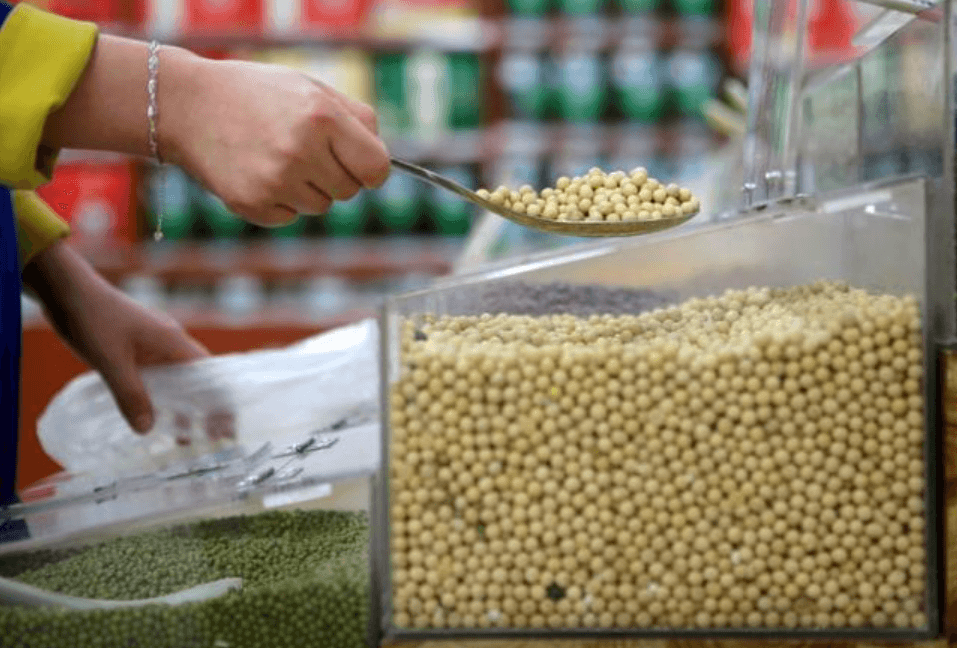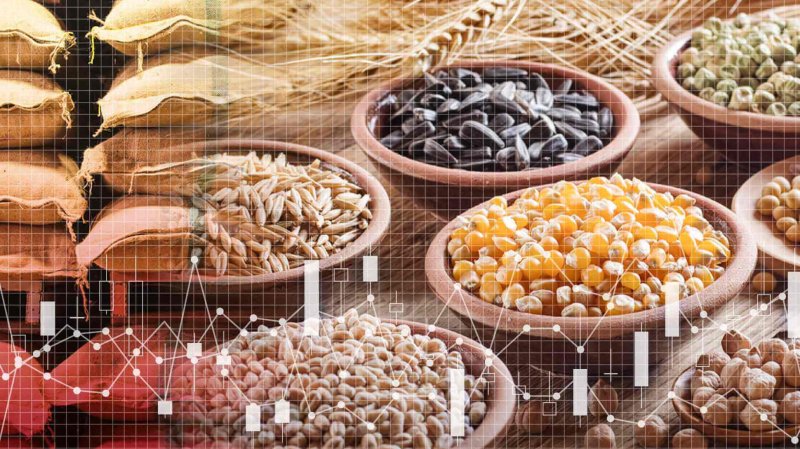Though China was the first country to grow GM crops commercially, starting with virus-resistant tobacco plants in 1988, it has lagged behind other nations in adopting new crops. GM corn and rice varieties were granted biosafety certificates over a decade ago, but never achieved commercialization, partly due to consumer opposition. Cotton is the only GM crop that is widely grown.
However, that appears to be changing. Xinhua news recently reported that China has embarked on an elaborate roadmap to bolster the country’s innovation capacity in agricultural science and technology to safeguard its food security. The move is in line with a five-year development guideline of the Chinese Academy of Agricultural Sciences (CAAS).
Given its geopolitical influence, and in particular its growing contribution to global food trade, China’s embrace of biotechnology has global economic and environmental significance.
But even as government agencies move to approve new GM crops, China must still deal with vicious anti-GMO onslaughts that were propagated through social media, a campaign that greatly succeeded in swaying public sentiment and perceptions against GMOs. Research in China points to a conflagration of other factors that have sullied GMOs in the public eye, notably a lack of knowledge and understanding of GM technologies.
Despite the frosty public sentiment, the state has been warming up to GM crops, highlighted by the president’s charge to scientists to accelerate research and innovation with an end to “dominate the high points” of biotechnology.
GM crops have been fronted as a feasible means of feeding China’s colossal population of just over 1.4 billion, while minimizing the country’s dependence on major agricultural exporters — particularly the United States.
US agricultural exports to China were worth US$ 26.5 billion in 2020, marking a 40 percent rise since 2011 and positioning China as the top US agricultural export market for the year.
Though soybeans are China’s number one agricultural export, they are also its main import from the US, primarily for use as livestock feed. China appears to be seeking to reverse that trend through the adoption of higher-yielding GM soy and maize.

Early this year, the two crops acquired safety certificates after a nearly 10-year pilot program, paving the way for commercial production. The safety certificates for production and application were granted to four GM corn and three GM soybean varieties that were pilot tested in 2021, according to ISAAA.
The results showed that China’s GM soybeans and corn have excellent resistance to insects and herbicides, high yields and ecological benefits, stated Liu Peilei, director of the Agricultural GMO Safety Management Division of the Science and Technology Education Department of the Ministry of Agriculture and Rural Affairs.
Peilei extolled the advantages of GM soybeans, noting that they only need one herbicide spray to achieve more than 95 percent weed control. Weeds are a major factor in crop loss. GM corn was associated with yield increases of 6.7 to 10.7 percent.
To date, China has issued approvals for 11 GM crops with a range of traits, predominantly herbicide tolerance, pest resistance and drought tolerance. These crops are Argentine canola, cotton, maize, papaya, petunia, poplar trees, rice, soybean, sugar beet, sweet pepper and tomato, according to ISAAA’s GM approval data base.
Given the scale of agricultural production in China, its expanded adoption of GM crops is also likely to significantly slash the global use of pesticides. For example, China has enjoyed dramatic and sustained reduction of pesticide use associated with cotton farming since adopting GM cotton in 1997, observes a study published in the PNAS journal.
Globally, the adoption of GM insect-resistant crops has reduced pesticide spraying by 775.4 million kg (8.3%), states a paper published in GM Crops & Food. GM herbicide-tolerant technology has also contributed to reductions in greenhouse gas emissions due to reduced fuel use and tillage and increased soil carbon sequestration.
Dr. Joseph Maina is a Senior Lecturer in the Department of Earth and Environmental Sciences at Macquarie University. Joseph’s ultimate goals are to understand and predict the impacts of environmental variability and change on social and ecological systems at local and global scales to support spatial planning & management.
A version of this article was originally posted at the Cornell Alliance for Science and is reposted here with permission. The Cornell Alliance for Science can be found on Twitter @ScienceAlly































